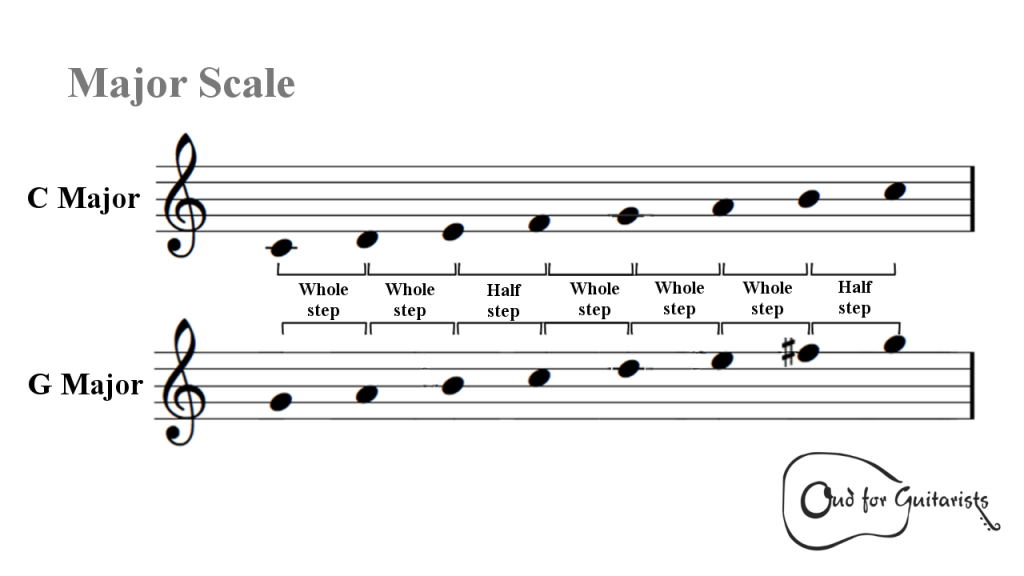


The individual numbers correspond to each finger to show you which one to use for each note. In the example below, the numbered dots represent how the scale pattern appears on your guitar’s fretboard. In order to play the C major scale, you’ll need a basic understanding of how to read guitar neck scale diagrams. Next, we’ll go over the C major scale positions so you’ll know which hand shapes and fingers to use to play each note on each string.īe the first to know about new products, featured content, exclusive offers and giveaways. (We’ll get into that more below!) The first step to learning a scale is to understand which notes you will play. You can harmonize the C major scale (and any other scale for that matter) by adding chords that contain the notes from the scale. Once you’ve mastered the basics, you’ll be able to add chords using the same notes to create a harmonized C major scale. In this lesson, we’ll go over the notes in the C major scale and hand and finger positions. This allows you to hear each note in its purest state Part of what makes the C major scale great scale for beginners is that it does not contain any sharps or flats (think of playing only the white keys on a piano). This will help you learn to play along with other instruments as you advance in your guitar-playing journey. The C major scale is a great guitar scale for beginners to start with because many other instruments, like the piano, are played in the key of C. Lesson: Playing the C Major Scale on Guitar


 0 kommentar(er)
0 kommentar(er)
